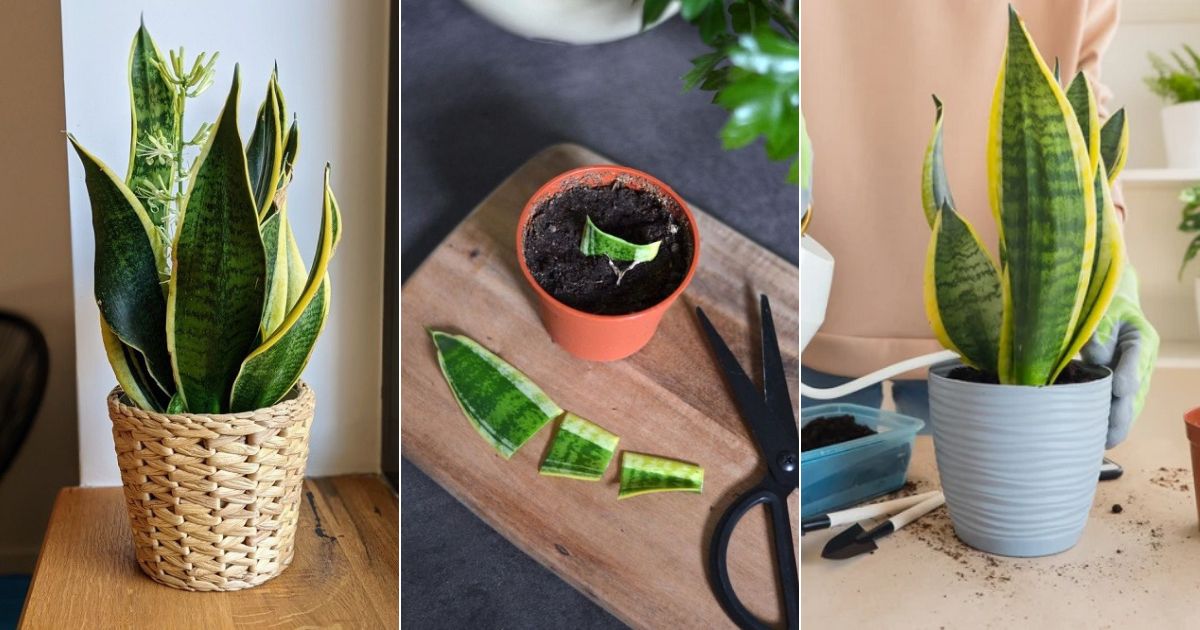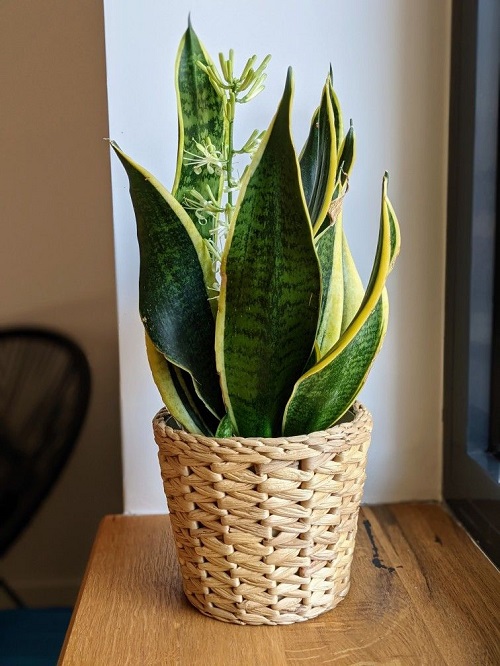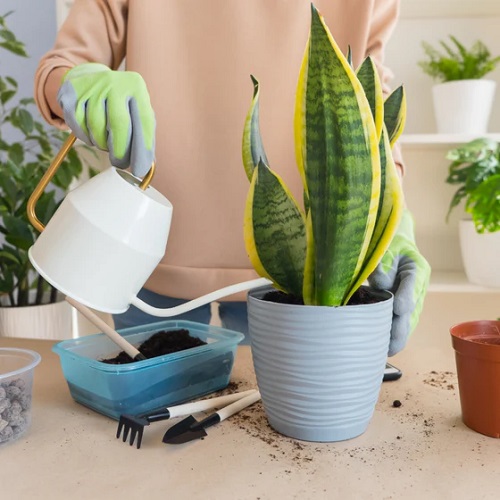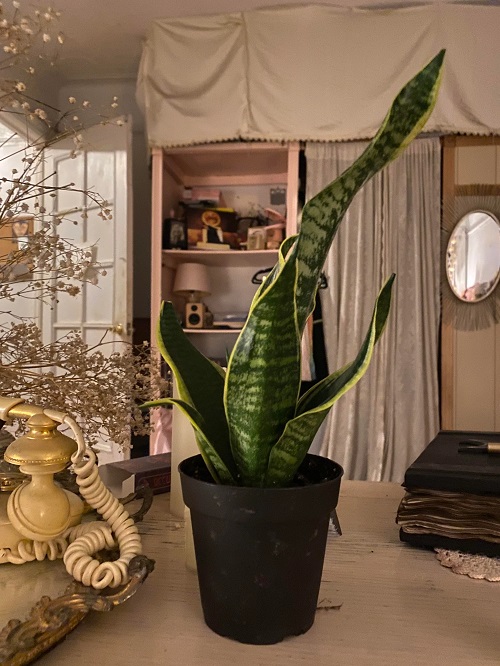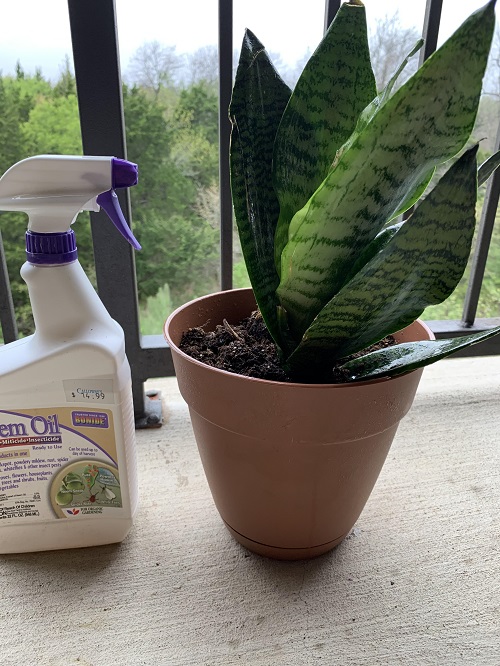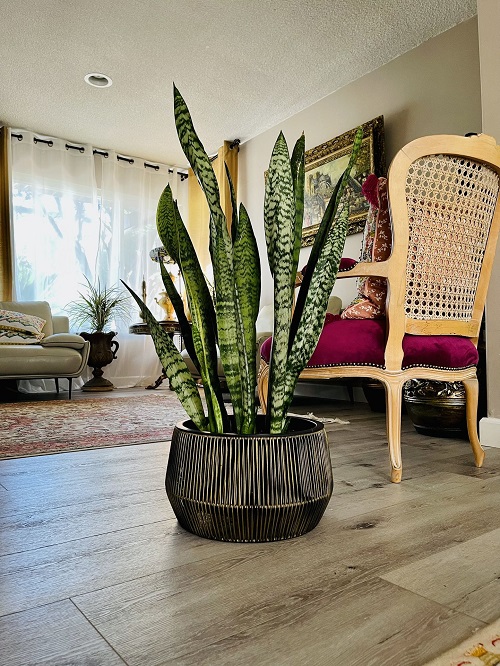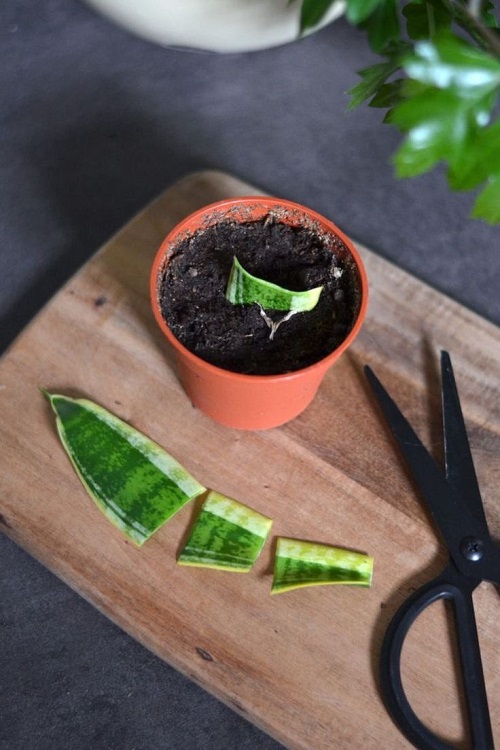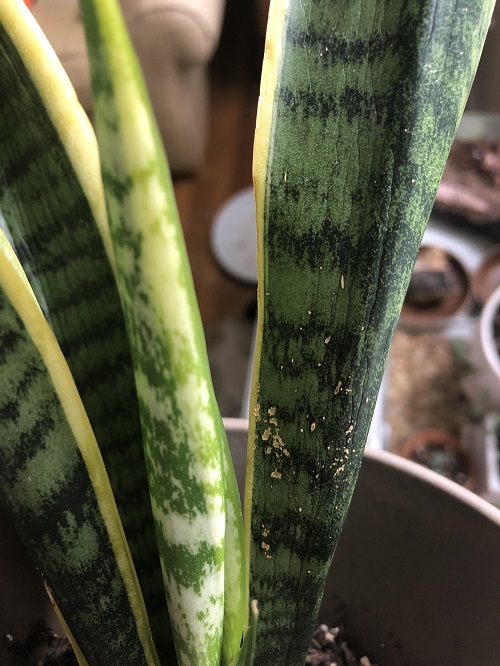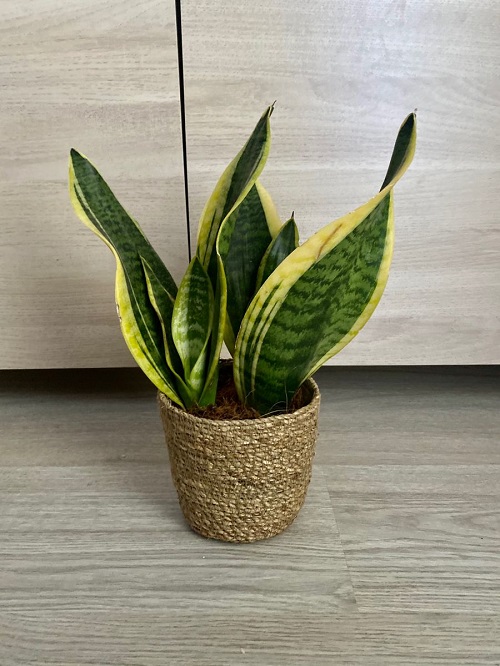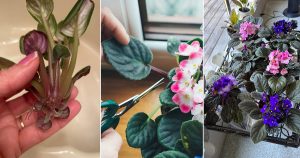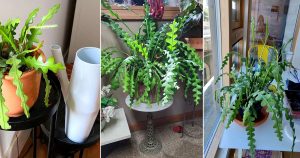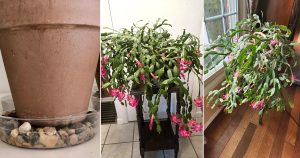Read about the Snake Plant Care Myths you need to stop believing for a thriving, healthy plant in your home.
Snake plants are easy to care for, but many myths can make their care seem tricky. Believing wrong tips may harm your plant or slow its growth. In this article, we will clear up common snake plant myths and share simple, accurate advice to keep your plant healthy and happy.
Snake Plant Care Myths You Need to Stop Believing
1. Snake Plants Don’t Need Any Water
It’s true that snake plants are drought-tolerant, but that doesn’t mean they never need water. Many people make the mistake of thinking they can ignore their plant completely. In reality, snake plants need a drink once the soil is completely dry.
Overwatering kills snake plants faster than underwatering, but giving them a small drink every 2–4 weeks (depending on the season and humidity) keeps them healthy and hydrated. Always make sure excess water drains out to prevent root rot.
2. Snake Plants Can Live in Complete Darkness
Snake plants are often called “low-light” plants, but that doesn’t mean they can grow in dark corners forever. While they can survive low light, they won’t thrive there for long.
Snake plants prefer bright, indirect sunlight. They can tolerate low light but will grow more slowly and may lose their vibrant color. Placing them near a window with filtered light will help them stay strong and beautiful.
3. Snake Plants Don’t Need Fertilizer
Some people believe that snake plants don’t need any extra nutrients, but that’s not true. They might survive without fertilizer, but they’ll grow better with a little boost.
Feeding your snake plant once or twice during the growing season (spring and summer) with a balanced, diluted houseplant fertilizer encourages healthier leaves and stronger growth. Avoid feeding in winter when the plant is resting.
4. Snake Plants Purify Air Instantly
Snake plants are often praised for their air-purifying abilities, thanks to NASA’s famous study. While they do filter some toxins, they don’t clean the air fast enough to replace proper ventilation.
These plants can slightly improve air quality over time, but you’d need dozens of large plants to make a real difference in a room. Think of them as natural helpers, not miracle air cleaners.
5. You Can Propagate Snake Plants in Any Way
Propagation is fun, but not all methods work equally well for snake plants. Some people believe you can simply stick any leaf piece in water or soil, and it will grow instantly.
Leaf cuttings can root in water or soil, but they grow slowly and may lose their original patterns. The best way to propagate a variegated snake plant is by dividing the rhizomes (root sections). This keeps the leaf colors and patterns the same.
6. Snake Plants Never Get Pests or Diseases
Many people assume that snake plants are completely pest-free, but that’s another myth. Even the toughest plants can face problems if conditions aren’t right.
Overwatering or poor air circulation can attract mealybugs or spider mites. Keeping the leaves clean and dry helps prevent pests. If you spot tiny insects or white spots, wipe the leaves with a soft cloth and a mild soap solution.
7. Snake Plants Grow Fast No Matter What
Snake plants are slow growers by nature, especially in low light or cool conditions. Some believe that if their plant isn’t growing, something’s wrong.
Slow growth is normal. Snake plants grow faster in warm weather and bright light, but they rest during winter. Patience is key; healthy, slow growth is better than weak, rushed growth caused by too much water or fertilizer.

